Free radicals are the natural by-products of chemical processes, such as metabolism. Dr. Lauri Wright, a registered dietitian and an assistant professor of nutrition at the University of South Florida, said, “Basically, I think of free radicals as waste products from various chemical reactions in the cell that when built up, harm the cells of the body.”
Yet, free radicals are essential to life too. The body’s ability to turn air and food into chemical energy depends on a chain reaction of free radicals. Free radicals are also a crucial part of the immune system, floating through the veins and attacking foreign invaders.
Why are free radicals thought to be dangerous then? Free radicals are unstable molecules, meaning they are always on the lookout for chemical components that other cells have but that they themselves are missing, Naturopath Dr. Stephen Byrnes explained.
The major sources of free radicals include:
- Ordinary body functions, such as breathing and digestion
- Exposure to radiation
- Exposure to other environmental pollutants
- Consumption of cigarettes or tobacco, drugs, and alcohol
- Certain medications or high use of antibiotics, which leads to antibiotic resistance
- A poor diet that includes foods like unhealthy fats, too much sugar, pesticides, herbicides or synthetic additives. Many processed and refined foods contain oxidized fats that add free radicals to the body. Excessive amounts of sugar and sweeteners are other sources of free radical growth that contribute to aging, weight gain, and inflammation.
- Even too much exercise also generates more free radicals
- High amounts of emotional or physical stress. Stress hormones (like too much cortisol) can generate free radicals
The damage done by free radicals in the body is known as oxidation:
- Oxidation is the same process that browns an apple or rusts metal. Rampaging free radicals react with compounds in the body and oxidize them. The amount of oxidation in the body is a measure of oxidative stress.
- High levels of oxidative stress affect every organ and system in the body and have been linked with everything from Alzheimer’s disease, arteriosclerosis, cancer and heart disease to accelerated aging, asthma, diabetes and leaky gut syndrome. Oxidative stress is believed to lead to the development of the most prevalent chronic diseases and disorders killing adults today, especially heart disease, cancer, and diabetes.
- Oxidation lays the foundation for the proliferation of free radicals and damage to cells, muscles, tissue, organs, etc.
Best Ways to Fight Free Radical Damage
- Start Eating More Foods Rich in Antioxidants
The National Institute on Aging, a part of the National Institutes of Health, developed a scoring system to measure the amounts of antioxidants in foods. The score given to a particular food is known as its ORAC score. ORAC stands for “Oxygen Radical Absorbance Capacity.”
Here are just a few foods that have very high ORAC scores:
- Berries, grapes and red wine — These deeply hued fruits are some of the highest in antioxidants, such as resveratrol. A study in the Journal of Agricultural & Food Chemistry found berries an easy winner in the number of antioxidants for the price, especially when you buy the organic kinds frozen. As an added bonus, berries also tend to be lower in sugar than other fruits and contain lots of fiber.
Here’s a good solution for you
- Brightly colored fruits and vegetables — Orange foods like carrots, sweet potatoes, pumpkin, and squash, or cantaloupe contain carotenoids that are beneficial for your skin and eyes. These antioxidant foods help reduce sunburn and wrinkles while protecting your vision.
- Green and white tea— White and green teas are very minimally processed and contain less caffeine than coffee (or even other varieties of tea). They also contain a very high concentration of antioxidants called polyphenols that have been shown to have cancer-fighting properties.
- Cocoa —A study from Seoul National University found that cocoa has a higher antioxidant content than green tea, black tea, and even red wine. But you want to make sure the cocoa or dark chocolate you eat is the kinds that are a high percentage of cocoa (more than 65 percent) and labelled raw and organic.
- Herbs and spices— These include things like cinnamon, oregano, ginger, turmeric, and rosemary. Additionally, essential oils made from the same plants can also be a great source of antioxidant, anti-inflammatory compounds.
While eating more antioxidant foods is a big step in the right direction, you also benefit from limiting intake of pesticide- and herbicide-laden foods (those that are not organically grown) and by avoiding too much sugar, refined oil or refined grains. Use natural, cold-pressed oils like coconut or olive oil, since heat oxidizes fats in refined oils. And be sure to limit intake of antibiotic- and hormone-laden foods, such as farm-raised meat or fish.
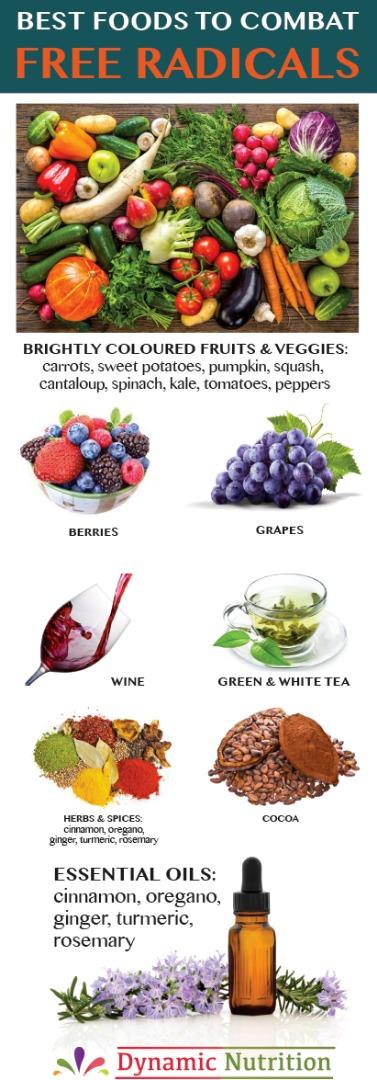
- Avoid Toxin or Pollutant Exposure
Besides improving your diet, there are other ways to start reducing free radical damage:
- Avoiding environmental pollutants in water
- Reducing chemical exposure in household and products, such as by purchasing those that are natural and made from essential oils
- Avoiding overuse of medications and antibiotics
- Reducing stress in your life
- Regularly getting moderate amounts of exercise. Keep in mind that while being sedentary is definitely not helping you to age any slower, either is overworking yourself. Exhaustion, mental fatigue, and burnout also cause the immune system and body more damage.
- Reaching and maintaining a healthy body weight
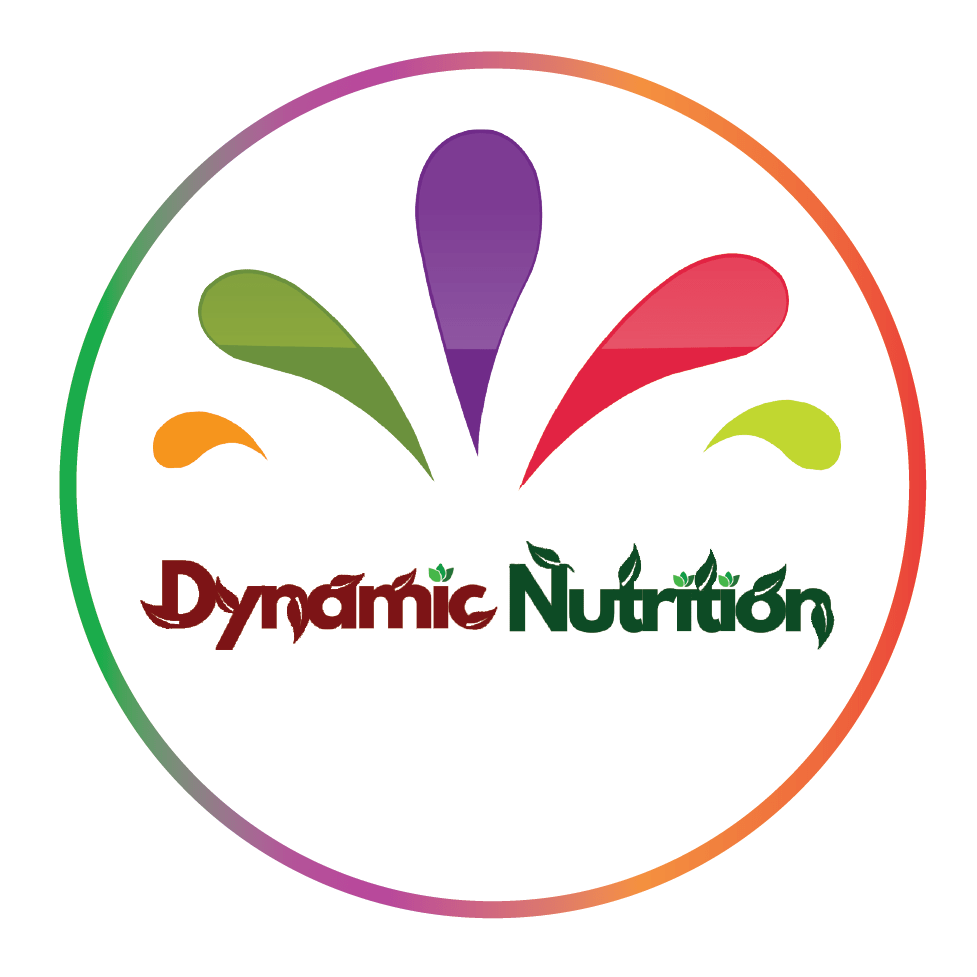

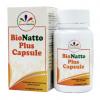
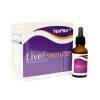
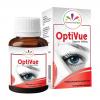
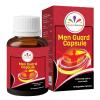
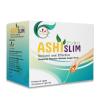
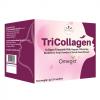
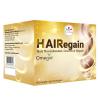

Facebook Comments